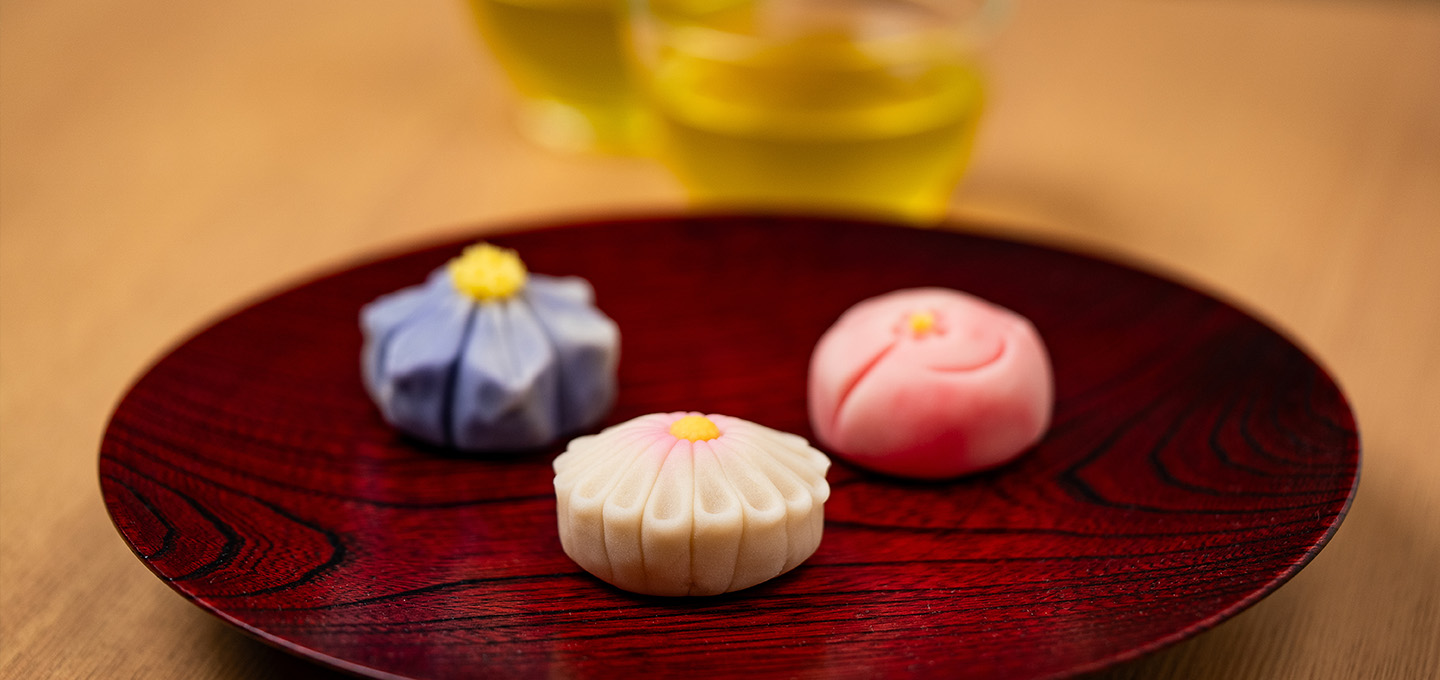
Special Experience
Tokyo
Learn Wagashi Confection and Discover the Colors of Japan from a Popular Sweets Artist – at a Nihonbashi, Tokyo Cafe
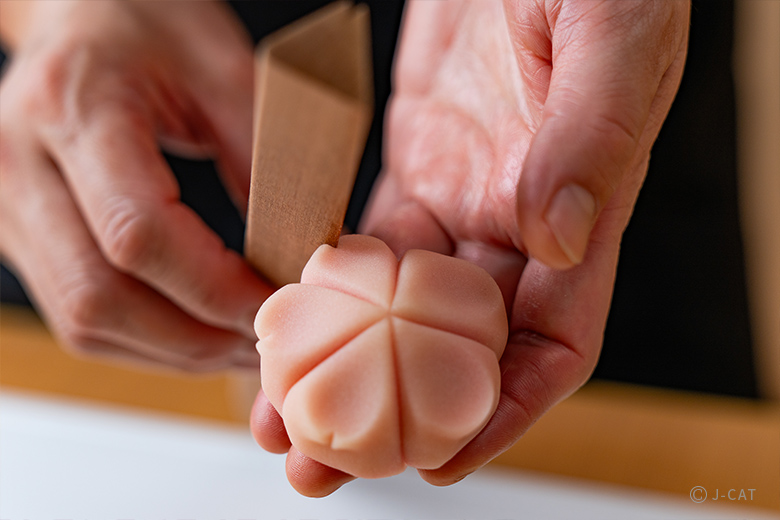
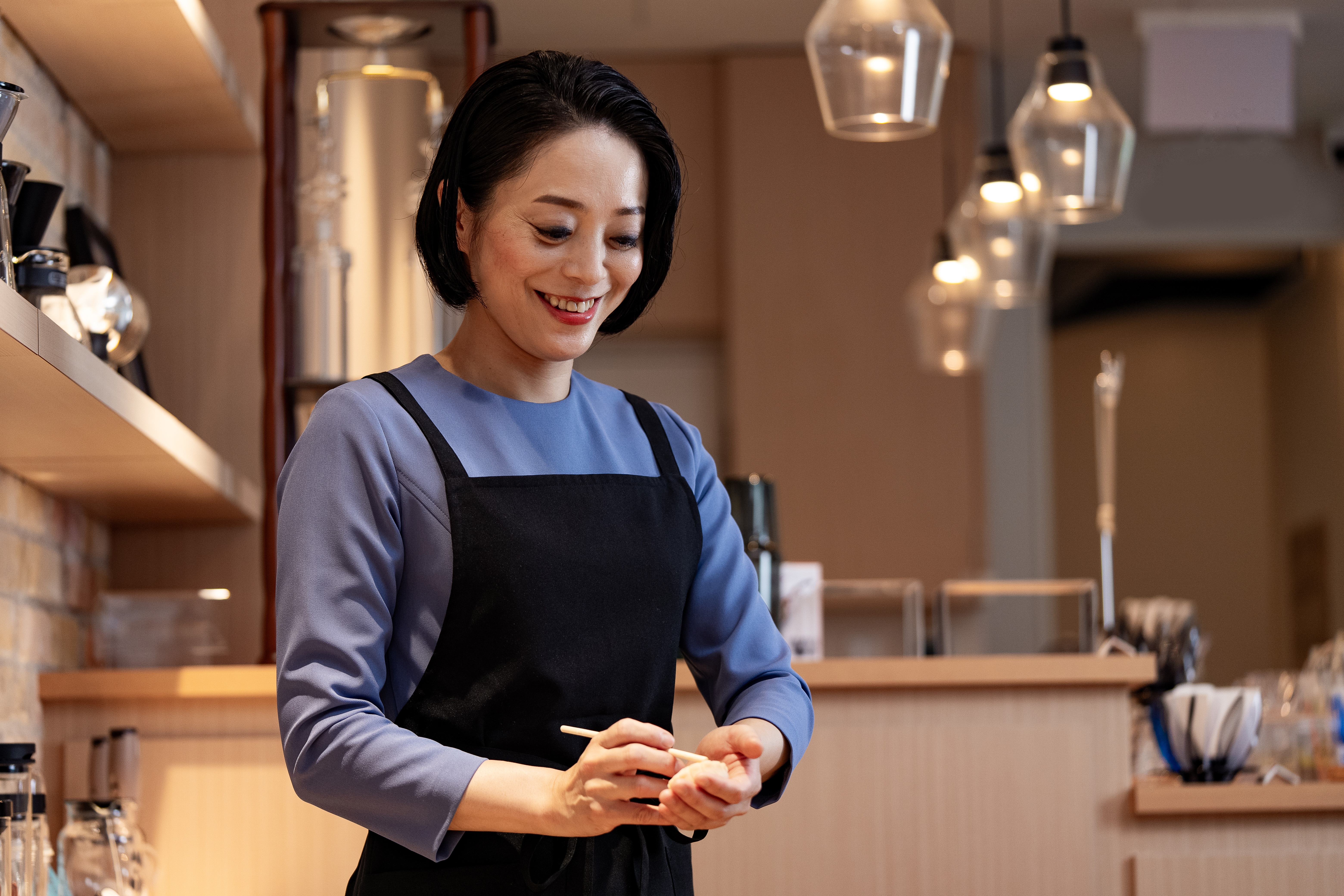
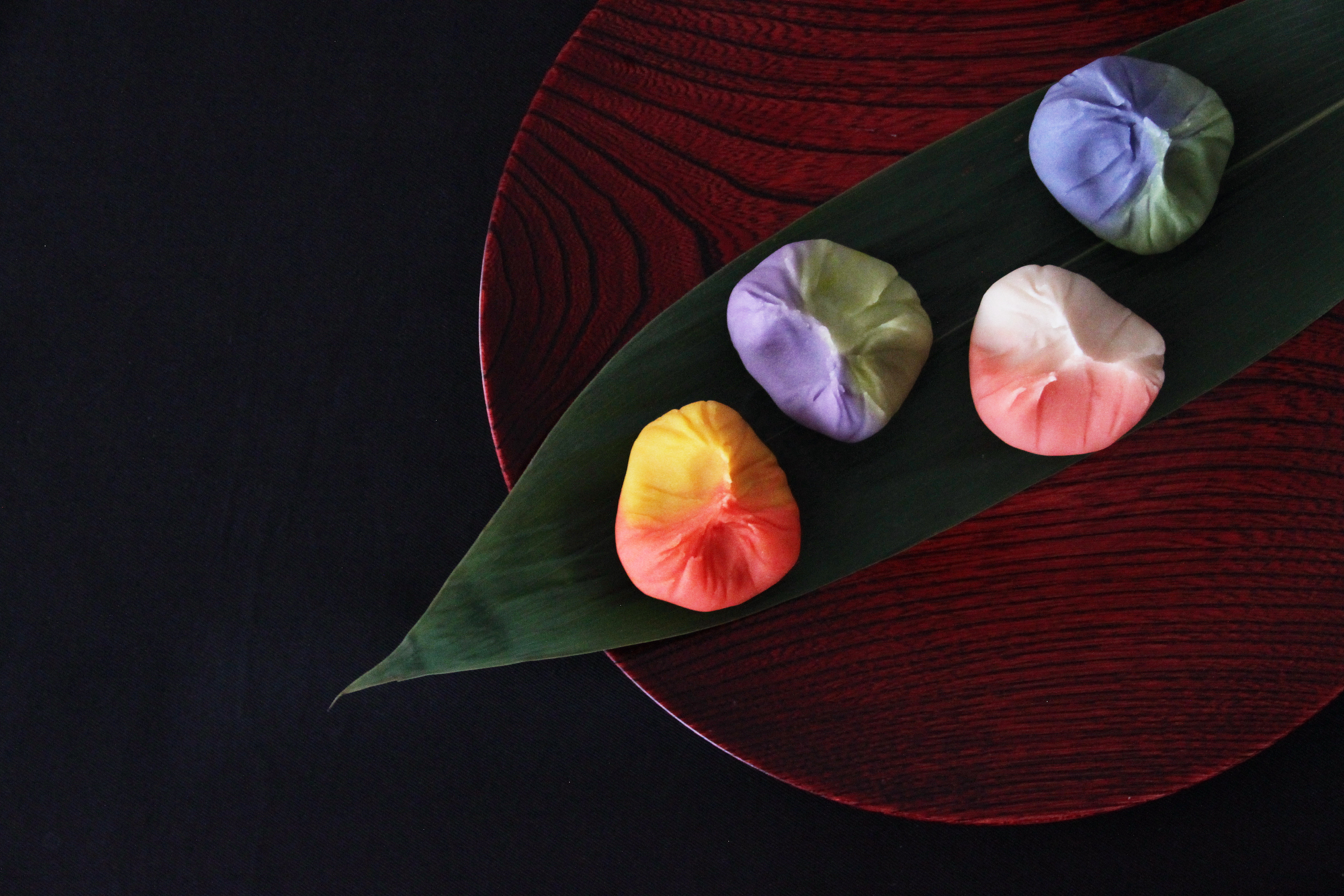
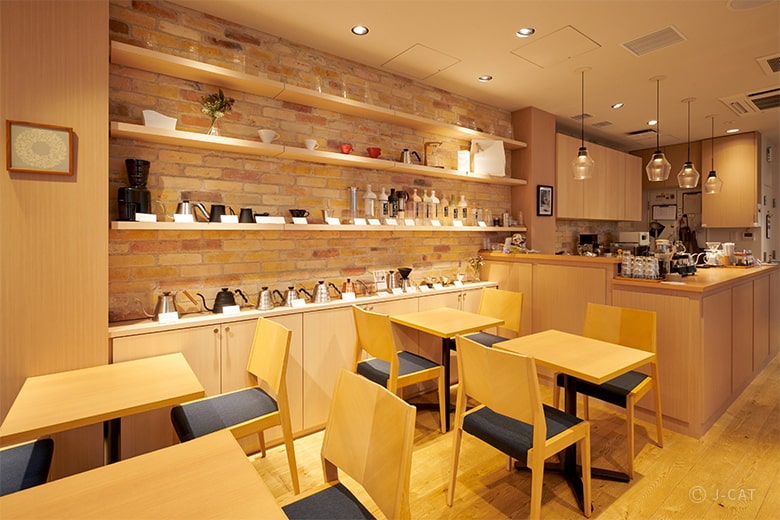

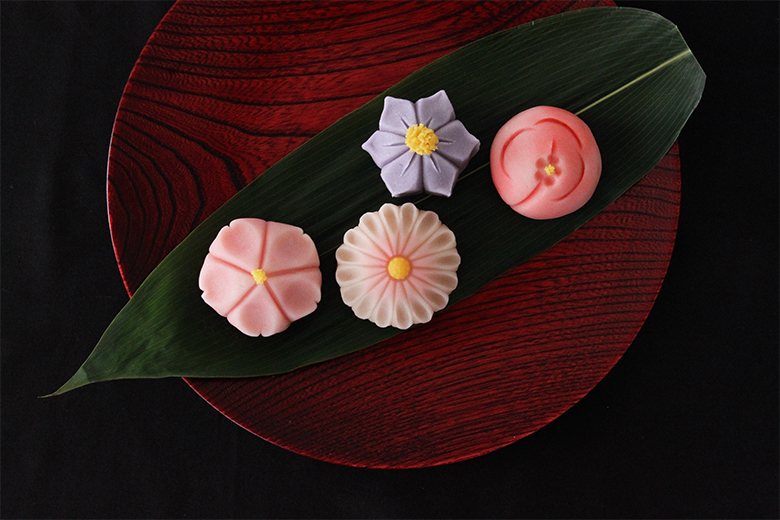
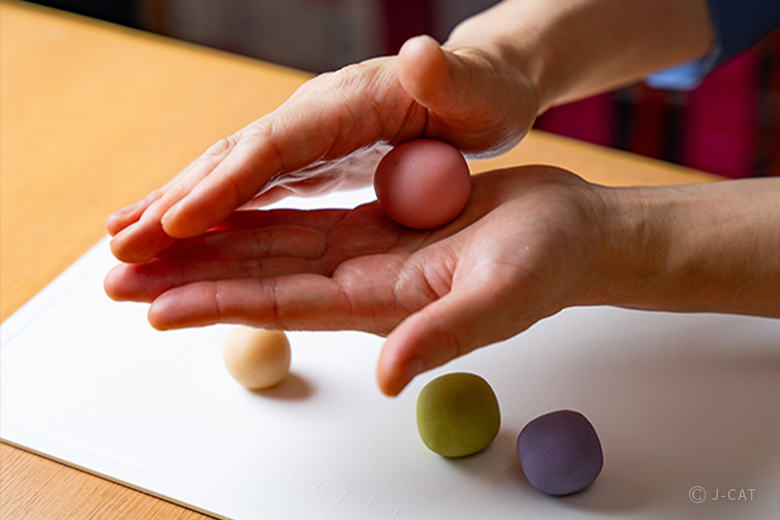
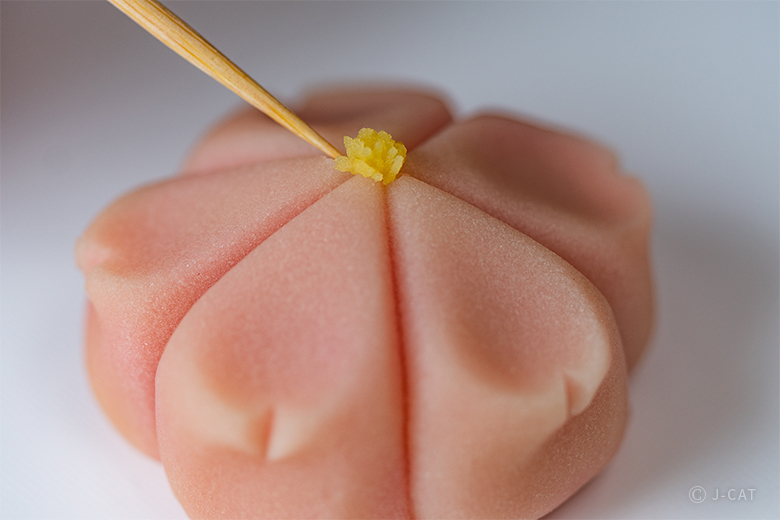
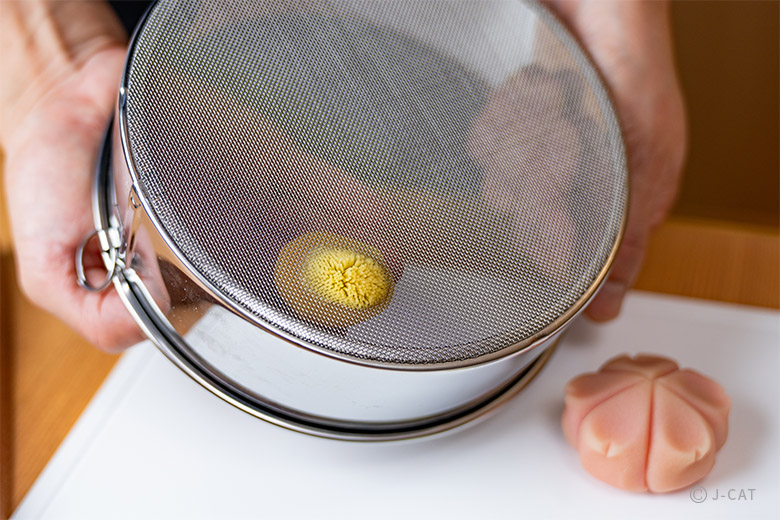
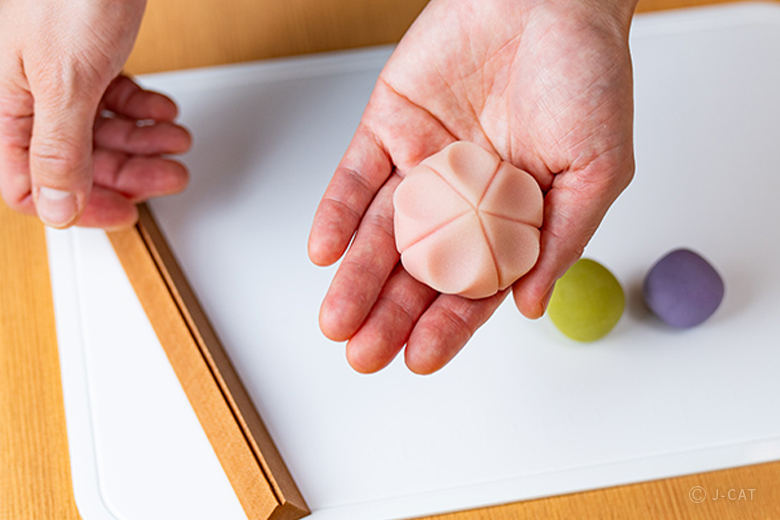
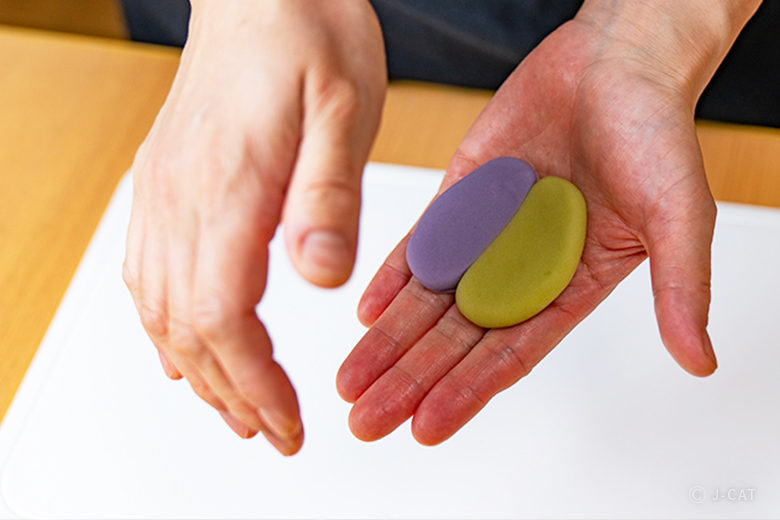

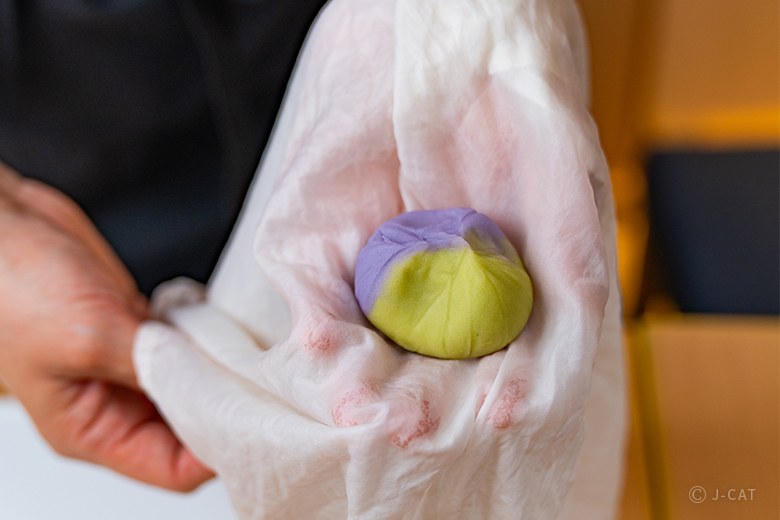
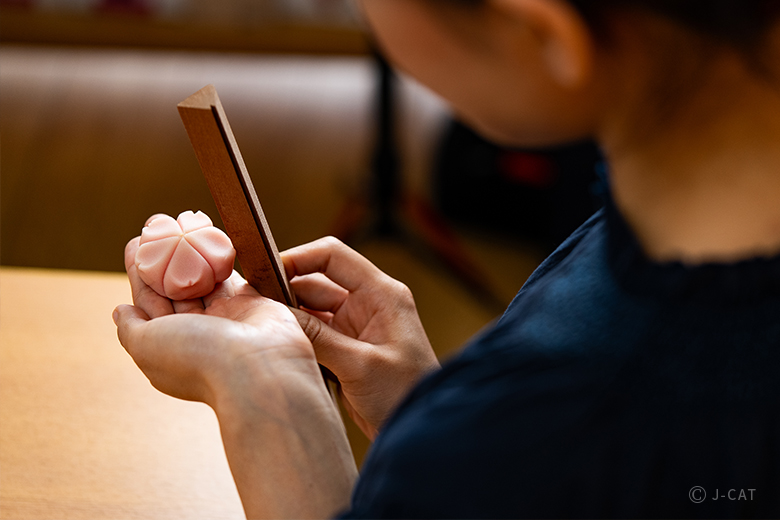
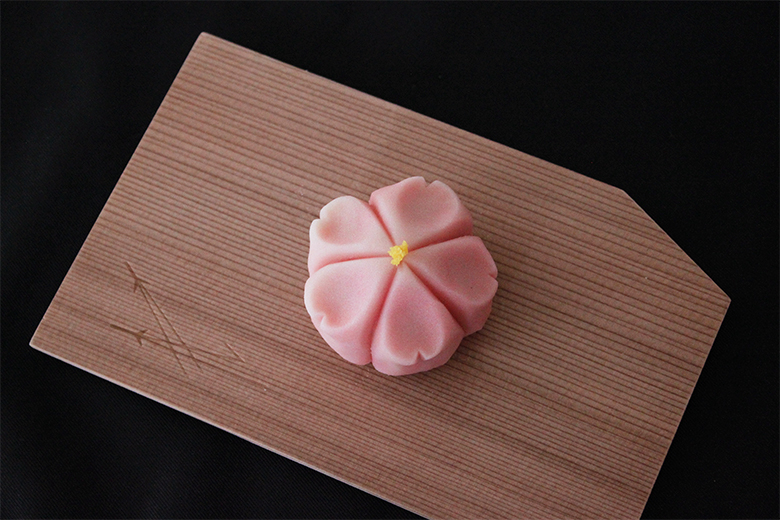
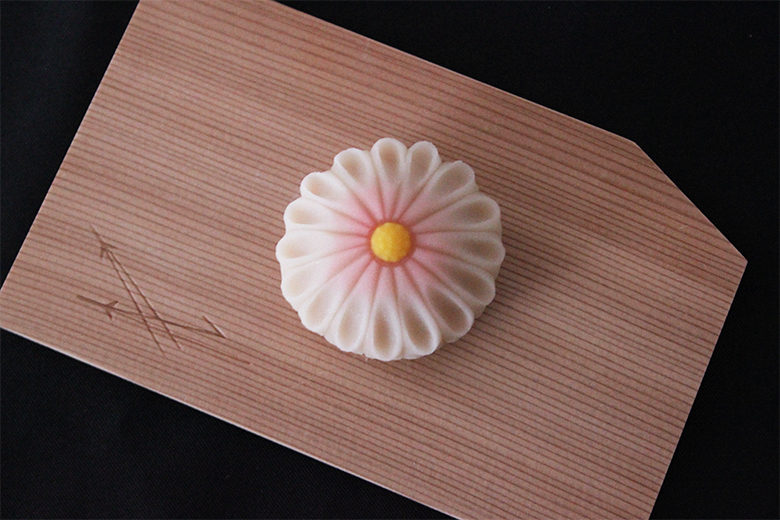

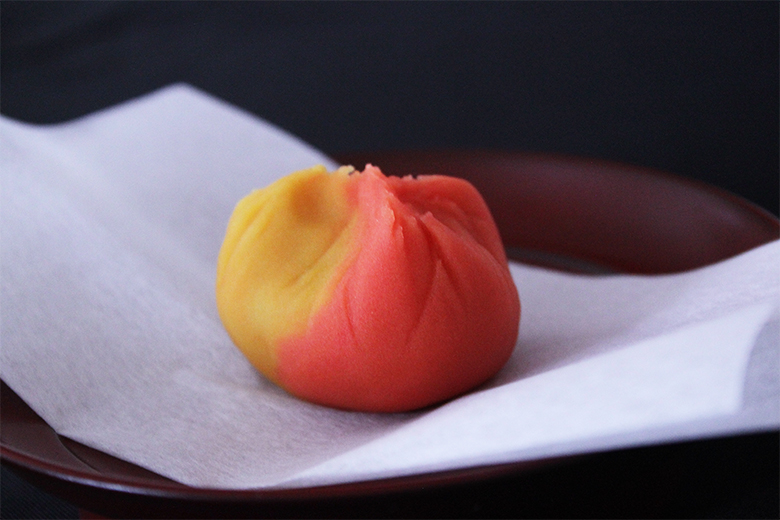
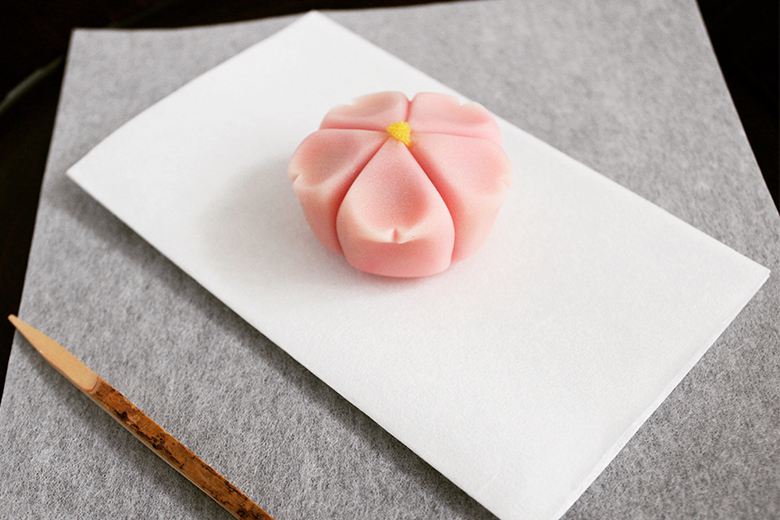
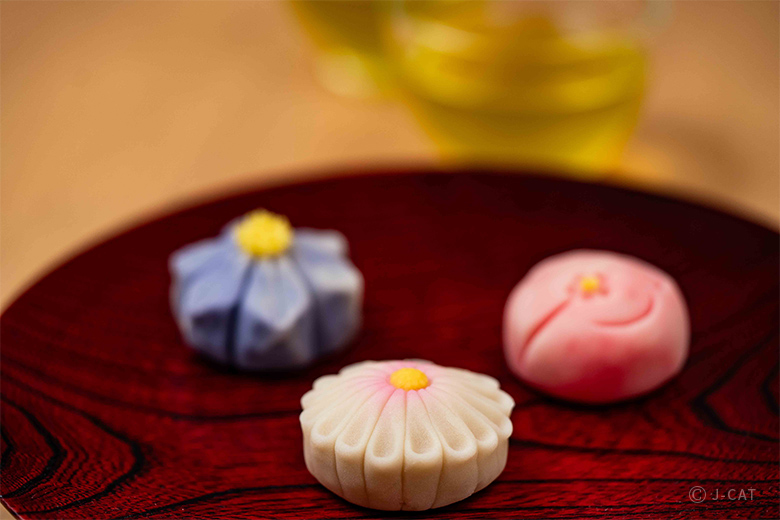




















Overview
Learn the history of traditional wagashi sweets and the tales behind their color palette from a popular Japanese confectioner before preparing your own. The theme of this experience is “Seasonal flowers in Japan and elegant kimono colors of the Heian period,” referring to Japan’s 8th to 12th centuries,The venue is a cafe in Tokyo’s Nihonbashi area known as “&C Space by Hario”. When the lesson has finished, delight in freshly made wagashi sweets and tea while relishing in a demonstration from the instructor. Luxuriate in this delicate tradition of creative expression born from the beauty of Japan’s four seasons and their colors.
Key Features
・Confectionery artist Makumi Suzuki, popular for her wagashi confections, offers instruction in how to prepare two different kinds of wagashi.
・Before preparing your own wagashi confections, immerse yourself in their history, traditional concepts, and charms through a talk from Suzuki.
・Enjoy fresh-made wagashi and tea as you watch a demonstration of the sophisticated hasami-giku (“scissor chrysanthemum”) technique, by which intricate chrysanthemum petal designs are cut into a delicate wagashi surface.
Tokyo
from
¥35,000 /person
1 - 2 participants
90mins
Available in English
Cancel free up to 11 days before
* If fewer than 2 participants, the minimum fee will be JPY 70,000
Details
Japan’s Four Seasons in Sweet Microcosm
The Wagashi Makumi course takes you through wagashi confectionery in all their delicate traditional splendor. The course is the brainchild of confectionery artist Makumi Suzuki, born of her passion for sharing handmade wagashi sweets – and that passion is richly expressed in the experience, from concept to recipe to every detail of the execution.

Wagashi Makumi confections that delight the eyes and melt the heart (these particular nerikiri will not be created in this plan)
Suzuki’s wagashi embodies the traditional beauty of Japan’s changing seasons, while seamlessly imbuing modern sensibilities through her handmade craftsmanship. Her unique approach has won the hearts of young and old alike.
-c.jpg)
Inside the &C Space by Hario, where visitors can interact with a variety of Hario products up close
&C Space by Hario in Tokyo’s Nihonbashi area is operated by heat resistant glassware manufacturer Hario, in business since 1921. Get hands on with a variety of the company’s tableware, including coffee- and tea-making equipment. Nihonbashi is also a historical district full of shrines, buildings registered as important cultural properties as well as long-running shops in business for over a century. It also has great accessibility, making it an easy visit during a sightseeing tour.
The History and Heritage of Wagashi Sweets
The experience begins with an in-depth introduction to the history of wagashi, often called “the art of the five senses,” from Suzuki. Sample a high-grade nerikiri confection, an exemplar of wagashi sweets made by kneading sweetened white bean paste with glutinous rice flour. Wagashi Makumi has created a rich tapestry of nerikiri hues and shapes that encapsulate the season. These offer bursts of delicious color to a variety of occasions such as festivals and holidays, tea ceremonies, celebrations, and the hosting and entertaining of guests.
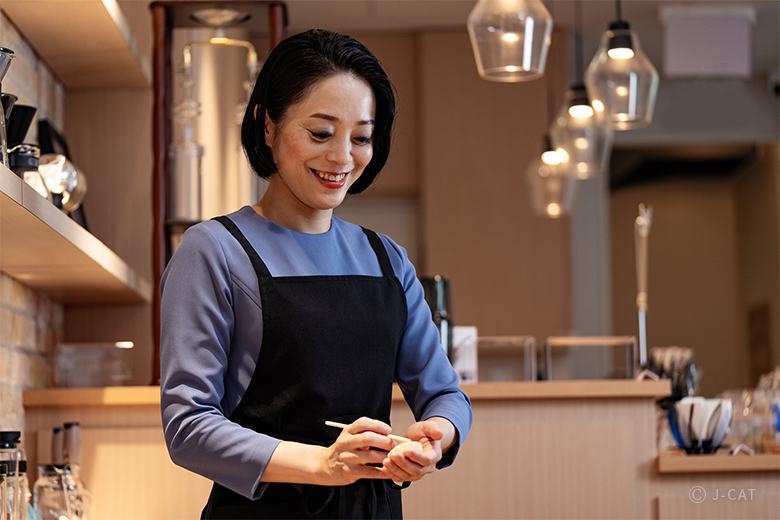
Instructor Makumi Suzuki offers detailed guidance on every step of the process, unraveling the story of wagashi confectionery through the craft itself
This deep dive into the delightful sensibility of wagashi is built around the theme of “Seasonal flowers in Japan and elegant kimono colors of the Heian period.” The Heian period in Japan stretched from 794 to 1192, and is remembered for the assimilation of a variety of influential Chinese cultural imports over the preceding centuries into a new, coherent, and uniquely Japanese national culture. The physical and cultural landscape of Kyoto, the national capital at the time, was shaped by aristocratic gardens and new aesthetic sensibilities rising from an appreciation of the colorful seasonality of nature.

Traditional colors emblematic of Japan’s characteristic palette
The characteristic color layering at the collar and sleeves of kimonos is part of a traditional aesthetic of celebrating day-to-day seasonality and a sense of harmony with nature. Suzuki taps her deep knowledge of traditional dress and Japanese literature as she elucidates the story of wagashi’s color palette and the broader cultural context behind the confectionery artform. You’ll also learn about the tools and techniques used in this delicate craft.
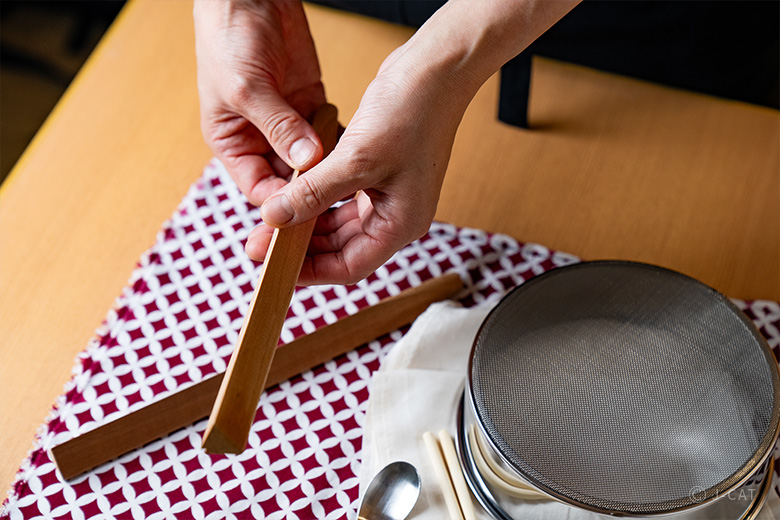
Suzuki explaining the traditional tools of wagashi confection
Telling a Seasonal Story of Flowers and Color through Wagashi Confections
After learning the history and aesthetics of wagashi, get hands-on experiencing the delicate beauty of their creation. In keeping with the theme, create one nerikiri representing a Japanese seasonal flower and one representing the Heian period color palette. The exact details will change with the seasons for an even closer connection with Japan’s natural seasonal world.

Delight in the elation of a vision realized as the shape of a flower gradually emerges from the confectionery (exact wagashi creation varies with the season)
Try your hand at using the tools Suzuki has introduced to make wagashi of your own. Your instructor will be by your side with detailed guidance so that anyone can work with confidence regardless of their ability level. Delight in encapsulating the beauty of the season in miniature as you mold seasonal flower shapes in the palms of your hands. This is a time to connect with all the experiences that have brought you here, and evoke a gorgeous scene of beautiful flora in full bloom.
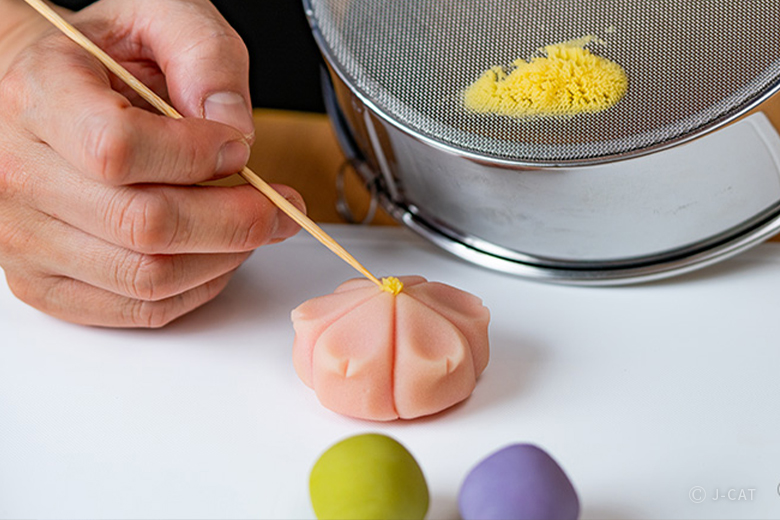
Visualizing the flower’s shape and putting the detailed finishing touches on each piece (exact wagashi creation varies with the season)
Botanical details like stamens and pistils emerge in these abstracted flower shapes. The varying expressiveness of wagashi forms comes from the skill and sensitivity of the artist, and it’s hard not to be moved by seeing the intricacies of creation in person, and the effort put into the tiniest – sometimes even invisible – details.

A spring fuji color combination of pale purple and light yellow-green evokes wisteria (fuji) in full bloom
Wagashi themed to the color palette of the Heian period are made with a traditional technique known as chakin-shibori, in which the dough is wrapped in silk cloth to create flowing wrinkles and a sense of movement on its surface after it is stuffed with sweet red bean paste. Savor the soft touch of the fabric and the beauty of the colors as you use this technique to apply your finishing touches.
Drink in Your Delicate Craftsmanship with a Cup of Tea
Once you’ve made your two wagashi, enjoy them alongside a cup of tea served in Hario tableware. The gentle sweetness of fresh-made wagashi will soothe you after your deep focus. Bask in this slow moment and take in Suzuki’s masterful and up-close demonstration of the extremely fine hasami-giku technique.
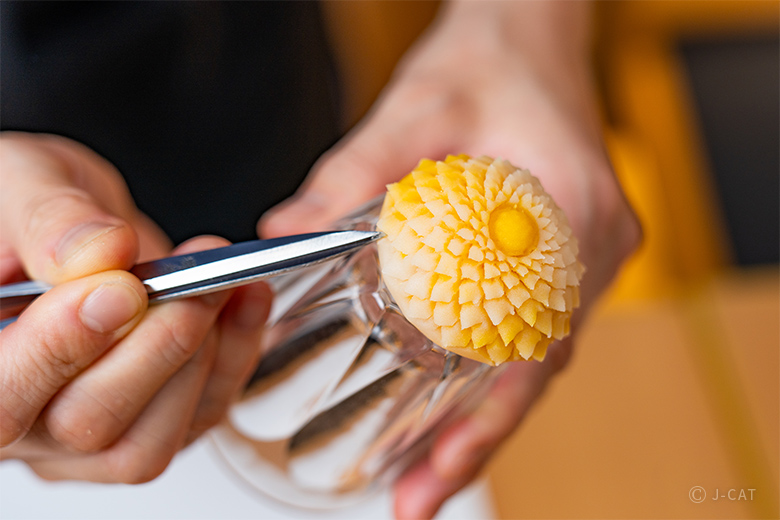
A rare chance to take in the intricate hasami-giku technique (contents subject to change)
The hasami-giku, or “scissor chrysanthemum,” technique is a highly advanced technique in which fine-tipped scissors are used to snip the dough into the shape of a cluster of individual chrysanthemum petals, highlighting not only the skill of the artisan but also the textural properties and shape of the wagashi. It’s hard not to be moved by the stunning emergence of a blooming flower from the dough in Suzuki’s hands. And – though it may feel like a waste to eat – you can sample it for yourself when she is done. This ephemerality is part of the beauty of the craft.
Explore the Wagashi World through the Beauty of its Seasonal Colors
Suzuki is your guide into the history of wagashi sweets, their seasonal charm, and the colors beloved in Japan since ancient times that they carry through to our present day. Witnessing a master’s technique and trying out preparation for yourself will deepen your appreciation for the craft. And perhaps most of all, the relationships between wagashi and nature, the four seasons, and the color palette of kimonos and other cultural traditions, may lead you to new connections and discoveries as you learn to understand the story being told.

Wagashi Makumi’s wagashi designs, embodying a variety of concepts and hopes
Wagashi Makumi / &C space by HARIO
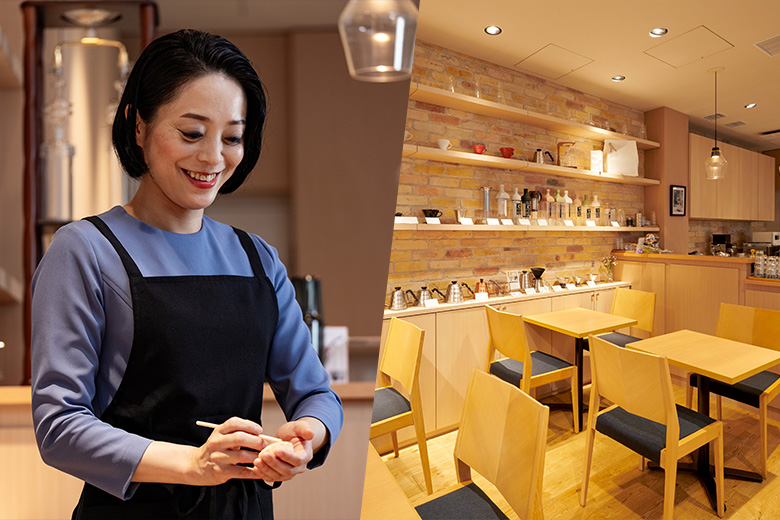
Wagashi Makumi / &C space by HARIO
Wagashi Makumi
A wagashi study course created and taught by Makumi Suzuki to broaden enjoyment of handmade traditional confections. Her Kyoto-style wagashi themed on classical Japanese literature have won numerous awards. Learn all about wagashi for a variety of situations, both traditional and idiosyncratic – such as those incorporating creative twists like fruit and liquor into the recipes.
&C space by HARIO
A cafe run by Hario, a leading Japanese heat-resistant glassware manufacturer founded in 1921. In addition to serving coffee and tea prepared using Hario’s high quality kitchenware and tableware, the cafe offers the chance to buy the products themselves. It also holds events featuring limited-time menus and drinks.
Location
HARIO Lampwork Factory
Chuo Ward, Tokyo
Request for booking
* Required
November 2024
Sun
Mon
Tue
Wed
Thu
Fri
Sat

17
Available

17
Full

17
No Events
Tokyo
from
¥35,000 /person
1 - 2 participants
90mins
Available in English
Cancel free up to 11 days before
* If fewer than 2 participants, the minimum fee will be JPY 70,000
Customer's Voice
Good experience, great instructor. Instructor was enthusiastic in spite of my meager work.
J.M. United States
Things to know
Contact Us
If you have any questions, please contact us using the form below.
We also accept bookings from corporate clients and travel agencies.